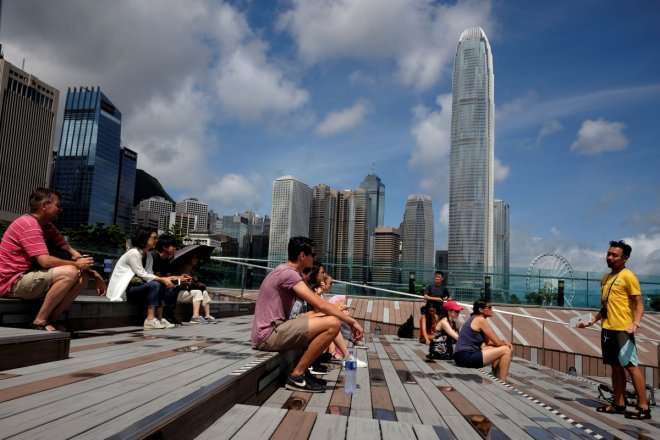
Hong Kong has risen to be the most expensive city for high net worth individuals in Asia, displacing Shanghai at the top spot and moving the former second placer Singapore to the third spot.
According to a report from Julius Baer, the growth is due to the soaring residential property prices. This came even with a measly one percent growth in the overall basket of goods and services in Hong Kong.
Hong Kong's prime real estate is over two times more than expensive than the Asian average. The city is also the most expensive for fine dining and business class flights.
The easing of property prices Singapore has led to the drop in its rankings. However, costs for cars and legal services remain the highest in the city-state. More so, it placed second in the ranking for the most costly fine dining. It is also in Singapore where Lasik operation is the most expensive. It also ranked as the cheapest place to buy jewellery and trinkets, and pianos.
In 2016, Singapore had overtaken Hong Kong in the list as it gained ground on its rival in the prices of luxury sedans, lawyers, and jewellery.
Meanwhile, Kuala Lumpur has displaced Mumbai as the least expensive city in Asia in price-weighted terms. Julius Baer Group Chief Executive Officer Boris Collardi stressed that some 13 of the 22 items measured in 11 Asian cities have seen an increase in prices.
"Wealthier Asian consumers and their increasing discretionary spending play an ever more important role in driving global consumer demand," Collardi said. The biggest price increase was in the areas of cigar's, men's suits, lawyer's professional services. Meanwhile, there were declines in the costs of ladies' handbags, hotel suites, and botox.
The report noted that the cost of luxury living rose by 1.42 percent in US dollar terms. This is compared to a 1.68 percent contraction in 2016.








